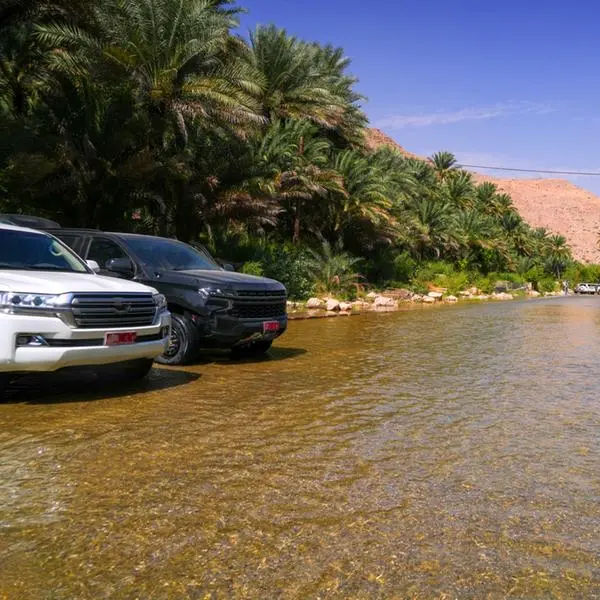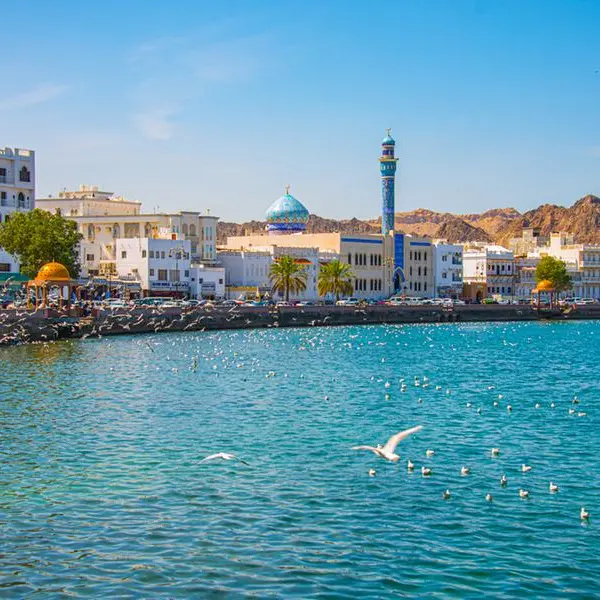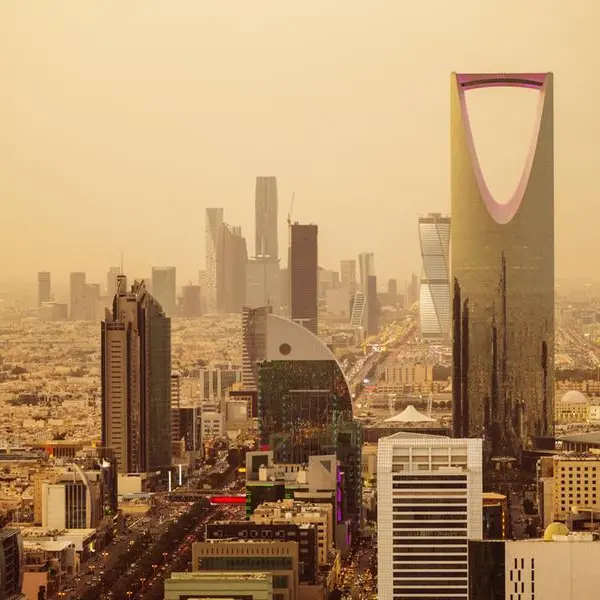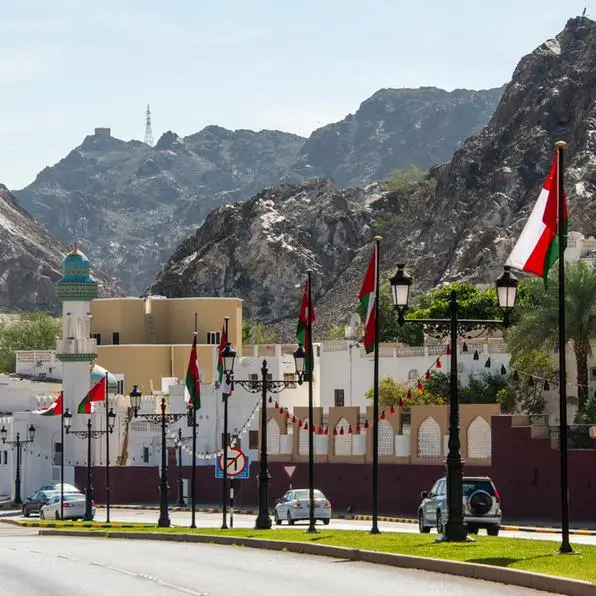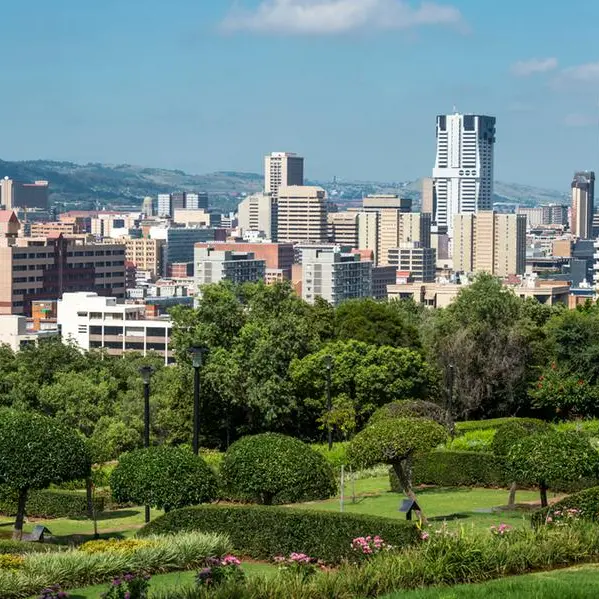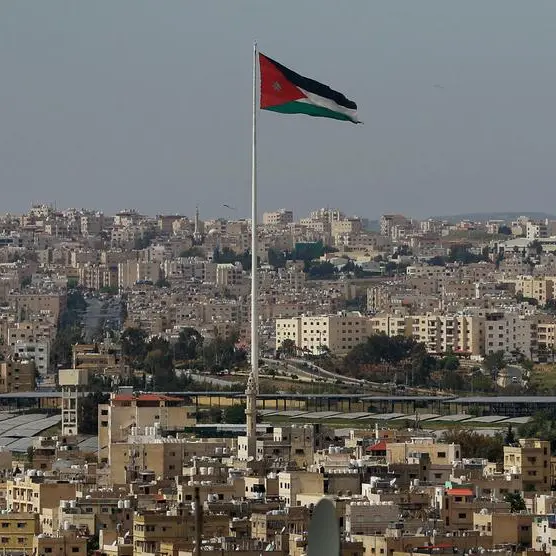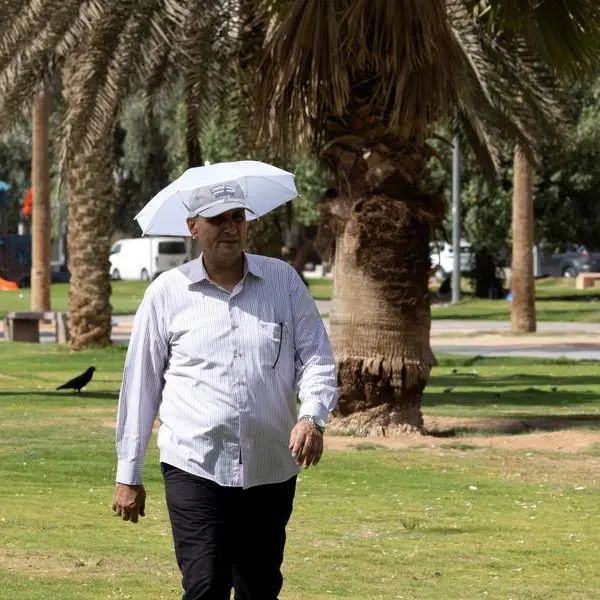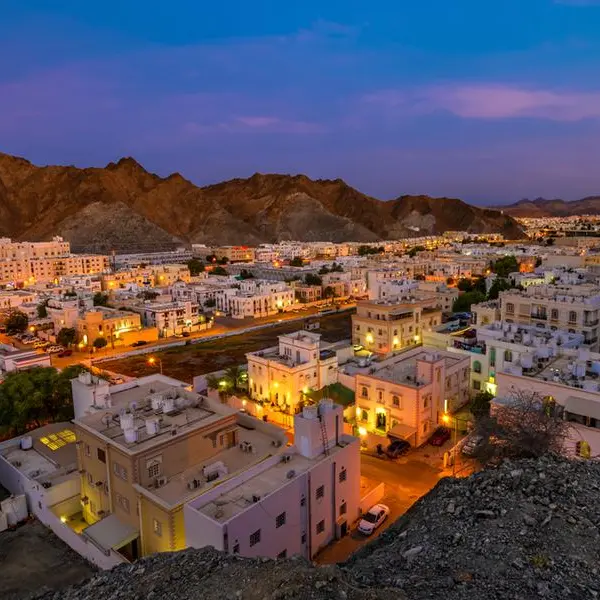The Japan International Cooperation Agency (JICA) will provide a $3m grant to complete the final restoration work and reassembly of the second Khufu boat, for its display at the Grand Egyptian Museum (GEM).
Omura Yoshifumi, Chief Representative at the JICA Egypt Office, said that the agency already provided a $2m grant in 2013, which supported the excavation and extraction works of the boat’s wooden pieces.
Omura’s remarks came as the Egyptian-Japanese archaeological mission, headed by Sakuji Yoshimura, President of Higashi Nippon International University and Professor Emeritus at Waseda University, completed the excavation work related to the artefact.
The second Khufu Boat was discovered beside the Khufu Pyramid, the oldest and largest pyramid on the Giza Plateau, ending a significant operation of discovery and extraction.
Issa Zidan, Director General of Executive Affairs for Restoration at the GEM and the supervisor of the restoration work on the second Khufu Boat, said that nearly 1,700 wooden pieces were extracted from 13 layers inside the pit.
He noted that the registration and documentation of all pieces have been completed, as well as the initial restoration of most of these pieces.
Zidan added that, so far, 1,343 pieces have transferred to the GEM, where preparations are underway for commencing with the second phase that include the final restoration work. This includes conducting the necessary studies for assembling and installing the boat so that it can be displayed next to the first boat discovered.
The two boats will be on display inside the new building dedicated to the Pharaoh Khufu’s boats, which is now being constructed at the museum.
The restoration and extraction project of the second Khufu Boat is significant, as it represents the fruitful cooperation between Egypt and Japan, with the support of JICA.
Egyptian and Japanese cooperation at the GEM project started in 2006, with JICA providing financial support through two soft loans of official development assistance. These were aimed at the museum’s construction, and came at the request of the Egyptian government.
Since 2008, JICA has been providing technical cooperation through the Egyptian-Japanese joint conservation project for the restoration, documentation, packaging, and transfer of 72 artefacts. Among these are some of the Pharaoh Tutankhamun’s collection, from the Egyptian Museum in Cairo’s Tahrir Square and other sites to the GEM.
About 90 Japanese experts have participated in the project, and a number of high-tech technical equipment were provided within the project, including digital microscopes, portable X- ray machines, and an electric forklift to carry heavy artefacts safely.
Noke Masaki, Japan’s Ambassador in Cairo, expressed his appreciation for the fruitful cooperation with Egypt’s Ministry of Tourism and Antiquities led by Khaled El-Anani, and the sincere efforts of Atef Moftah, General Director of the Grand Egyptian Museum project and Surrounding Area to realise the GEM.
From his side, Omura expressed appreciation for the Egyptian Government’s strong leadership in making such significant progress in the GEM construction and related works towards its opening.
He emphasised that his pride in JICA’s efforts to preserve the world’s treasures in Egypt for future generations through the GEM project.
© 2021 Daily News Egypt. Provided by SyndiGate Media Inc. (Syndigate.info).
